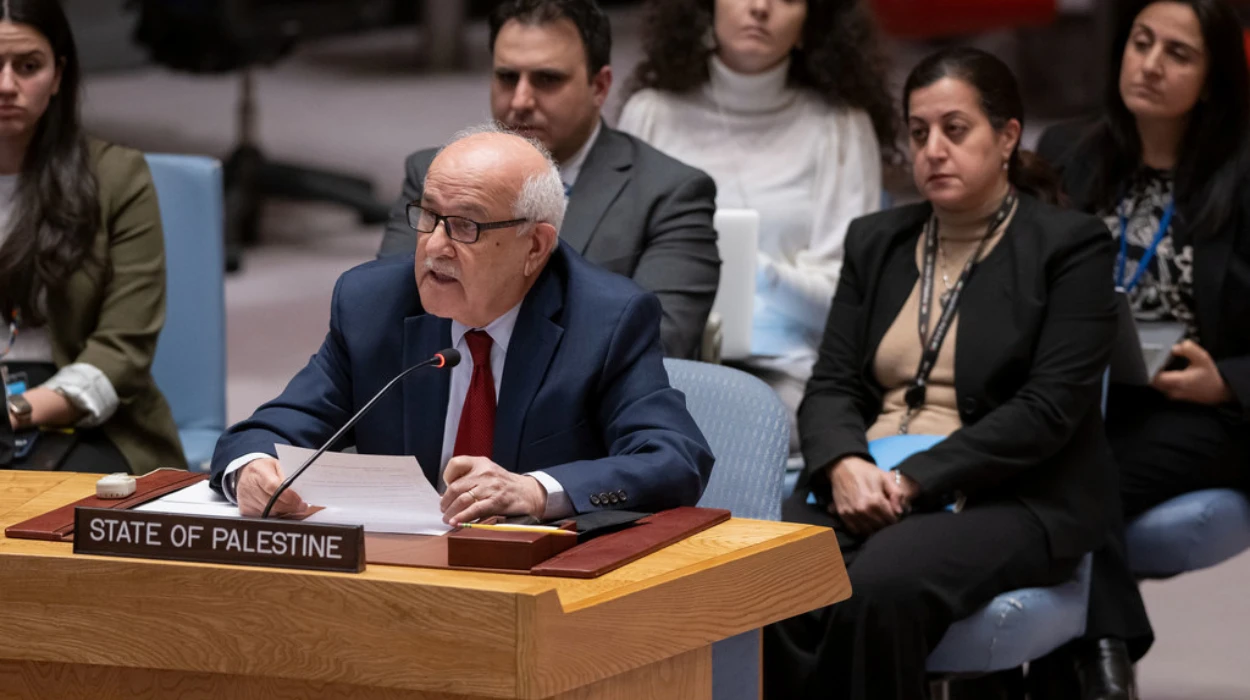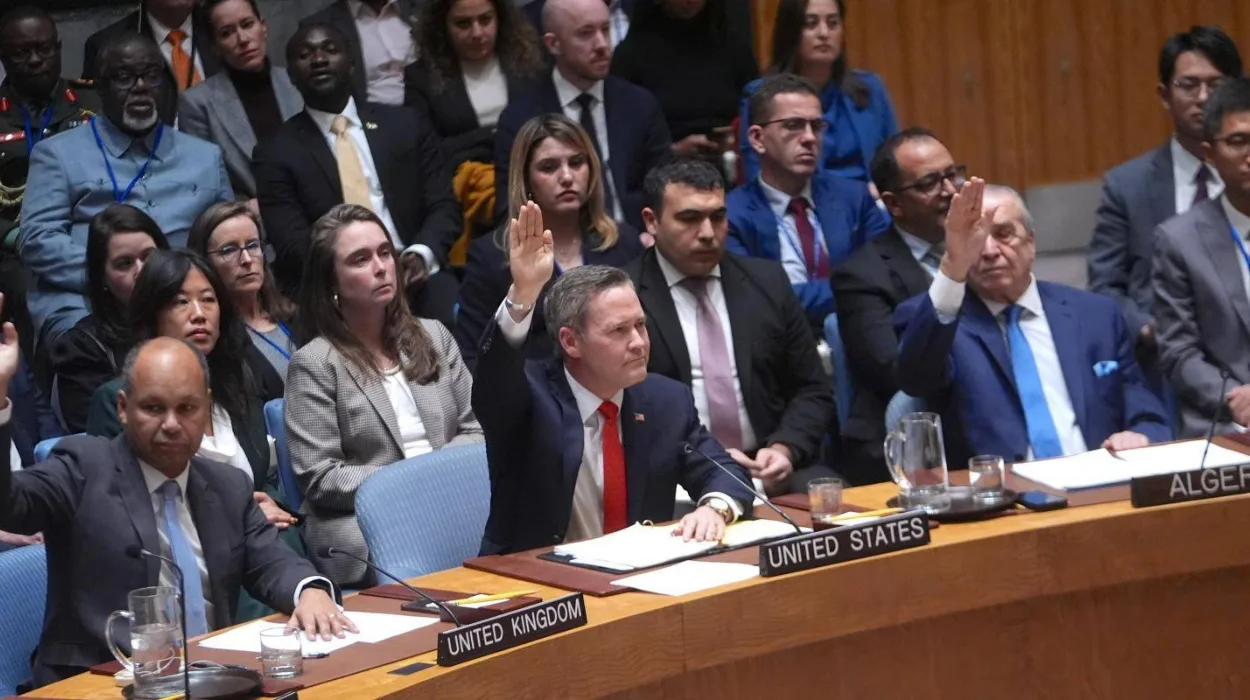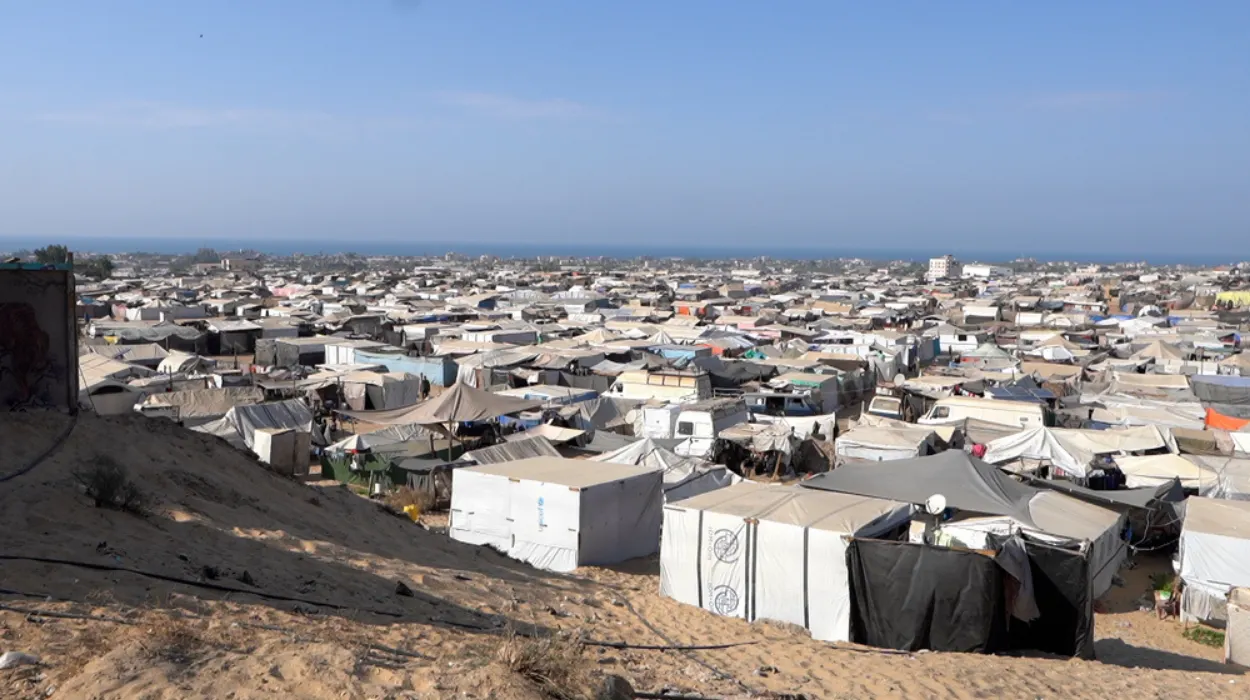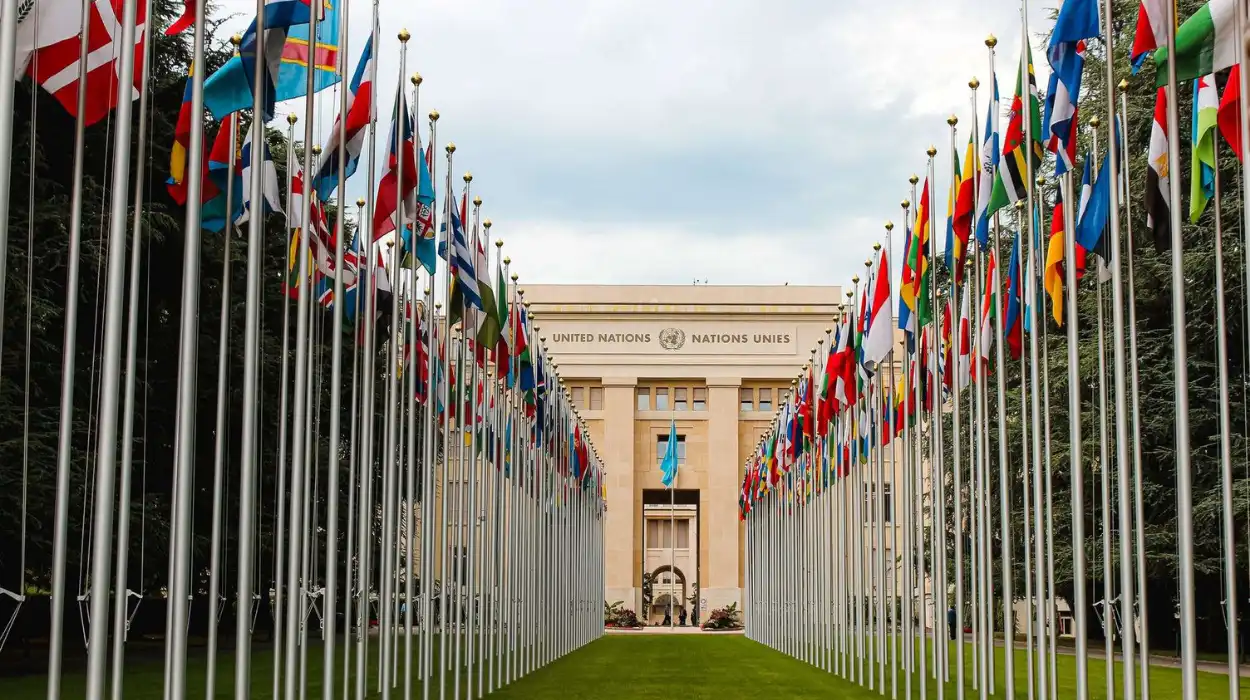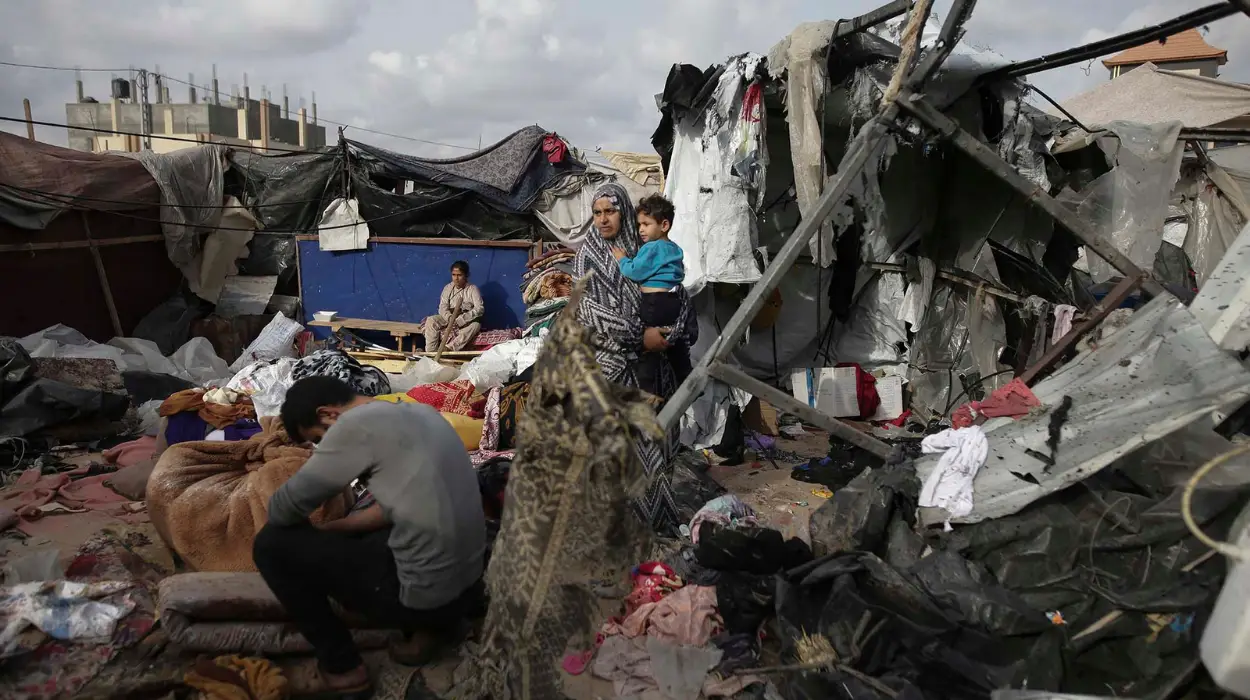There is no result that has figured out how to attain justice to about 5.1 billion individuals across the world, or about 2/3 of the globe. They may also include adverse conditions and poverty, geographic, institutional discrimination (or absence of legal existence). The legal system of courts and even legal aid services are too often unresponsive or inaccessible by vast segments of the rural, displaced and marginalized population.
Informal forms of justice have come to the fore as unavoidable alternatives, especially countries with limited state capacity or under-resourced formal systems in low and middle-income countries. Such structures are customary courts, religious tribunal, local councils and mediation structures at the community level. According to estimates made by UNDP, in Afghanistan, Mali, Papua New Guinea and many other countries, informal means of settling disputes modify more than 80 percent of disputes. The close proximity, speed, cost effectiveness, and soundness in the awareness of the local norms of these systems make them popular.
Access, Legitimacy, and Human Rights Considerations
Cultural Relevance and Social Trust
The informal has a lot of legitimacy since it corresponds to local practices and languages, and social structures. In most parts, they operate where no court is available or where they are the initial means of engagement in their dispute over everything including family wrangles and land disputes. They tend to place less focus on punishment in their decisions; rather, they focus more on restitution and reconciliation so that social cohesion can be maintained.
Challenges to Rights and Equity
Nevertheless, legitimacy does not necessarily mean fairness. The critics have raised concerns by arguing that it is extremely problematic in terms of gender equity, minority representation and protection of rights. Informal discussion boards can promote patriarchal values, lock women out of the process of making decisions, and normalize the violation of rights like domestic abuse. In as much as informal justice mechanisms play crucial roles, they should be treated with a grain of salt so that they do not contradict international human rights rules.
Under international law, it is the duty of states to ensure that every justice process whether direct or informal must not end up as discriminatory and pernicious. The strategic integration and the control is therefore vital to ensure that community justice is harmonized with the greater protection of laws.
Strengths and Limitations of Informal Justice Mechanisms
Accessibility, Affordability, and Expedience
The strong point of informal justice is the ease of accessibility. Traditional courts are out of physical and financial reach thousands of miles and millions of people who are in remote areas or other underserved regions. The informal forums can be run without legal fee, in a local dialect, and in local community facilities and as such results in quicker resolution without the bureaucratic delays.
Studies by World justice project and UNDP point out how the systems cut down backlogs in cases and can be a feasible first-response mechanism in districts where conflict, natural disaster, or weak governance occurs. As an example, xeer courts exist in Somalia where formal courts have eroded, and they have been instrumental in social stability.
Inconsistencies and Legal Gaps
However, there are also obvious shortcomings associated with the use of informal justice. These systems are highly local-based, they do not have consistent procedural safeguards and they could run on a document-free basis and without transparency. Results may not be consistent and downright unfair in certain cases. An example is choices regarding inheritance or custody of children which can be contradictory to the national legislation or other international agreements.
In addition, informal providers are not usually trained on the changing legal norms and therefore they will be ill prepared to resolve complex or rights based disputes. These mechanisms, unless they have proper connection to the official legal system, may lose connection to the national legislation and accountability frameworks.
Innovations and Pathways for Enhancing Justice Access
Building Bridges Between Formal and Informal Systems
More and more nations are turning towards the hybrid model of law whose system comprises the formal legal systems alongside that of informal justice systems. Kebele Social Courts in Ethiopia and Local Courts in Sierra Leone both have statutory mandates and have customary principles. Advantages of these models are the control they have, legal education and redirection to higher courts in cases when they see it necessary.
Such integration enhances consistency and helps protect rights while maintaining local accessibility. When done carefully, this approach can expand justice access without eroding cultural legitimacy. Importantly, these partnerships require clear frameworks, state support, and mechanisms for feedback, appeal, and redress.
Technology as a Justice Enabler
There is also an influx of the use of digital tools in the justice sector. In 2025, systems of mobile technology are under piloting in states such as Kenya and Nepal to enable community mediators to report case results, disseminate legal knowledge, and bridge people to legal aid. Not only are these platforms used to increase transparency but it can also be used as a tool to collect the data needed to make a more informed justice policy.
There is also a potential of connecting informal justice access with artificial intelligence and remote access tools which can increase the scale of the applications and enhance accountability. The innovation is fundamental in post-conflict areas where the court system is either being redeveloped or even in locations that are so remote that the state has very little representation.
Tackling Barriers Facing Women and Marginalized Groups
Enhancing Gender Responsiveness
Treatment of women is one of the long-running concerns of informal justice. Women have been marginalized in many traditional systems and always deprived of having access to fair results by not being allowed to hold any leadership positions. Since possible biases could be interpolated into property rights, domestic violence, and family laws which could prove very tricky and are dominated by patriarchal cultures.
There are attempts of internal reforms of such systems. Offered and funded by United Nations Women, USAID and World Bank, are female mediators, amendment of discriminating customary laws, and government formation of gender-based mechanisms of dispute. The declining exclusion focus in 2025 is converting to empowerment and the even more synchronized bringing justice solutions that show the realities of women.
Inclusion of Marginalized and Indigenous Communities
The indigenous people and linguistic minorities also depend on informal justice in a crucial way. Nevertheless, such societies frequently experience the extra strata of exclusion in terms of language, discrimination or lack of acknowledgement of its given legal customs. Absorbing indigenous legal systems but also respecting them as a part and parcel of wider rights regimes is delicate and yet necessary.
Efforts can be seen to reconcile the state law with the traditional governance like the constitution acknowledgement of indigenous justice in Bolivia or the Truth and Reconciliation process in Canada. Such examples present a learning experience on how plural legal orders can facilitate, or not compromise inclusive governance and justice.
Policy Implications and the Future of Access to Justice
The global justice community increasingly recognizes the necessity of integrating informal mechanisms into broader legal development strategies. Achieving SDG 16.3—equal access to justice for all—requires reform efforts that reach beyond urban courtrooms and into communities where informal justice is a daily reality.
At the 2025 World Justice Forum, expert Judy Perry Martinez emphasized this point:
“Ignoring these systems will leave vast populations without justice, but engaging them demands strict safeguards to enhance rights.”
Her statement reflects a broader consensus that informal justice must be part of the solution, not a parallel system operating in isolation.
Investing in Multi-Stakeholder Collaboration
Expanding equitable justice requires cooperation between national governments, civil society organizations, traditional leaders, and international donors. This includes financial investment, training initiatives, legal literacy programs, and data collection to assess progress. Mechanisms for oversight and community feedback are equally vital to ensure transparency and trust.
Future reforms must be tailored to local contexts but guided by a shared commitment to universal rights. In this sense, building justice ecosystems—rather than institutions alone—can offer pathways toward truly inclusive legal access.
Informal justice remains a deeply rooted and widely relied-upon means of resolving disputes across the globe. While its strengths lie in accessibility and cultural relevance, its limitations demand thoughtful reform and integration. As formal legal systems strive to become more inclusive, informal mechanisms cannot be overlooked. Instead, they must be strengthened, regulated, and supported to become partners in closing the global justice divide. The challenge ahead lies not in choosing between systems, but in forging connections that deliver fairness, dignity, and legal empowerment to all.


